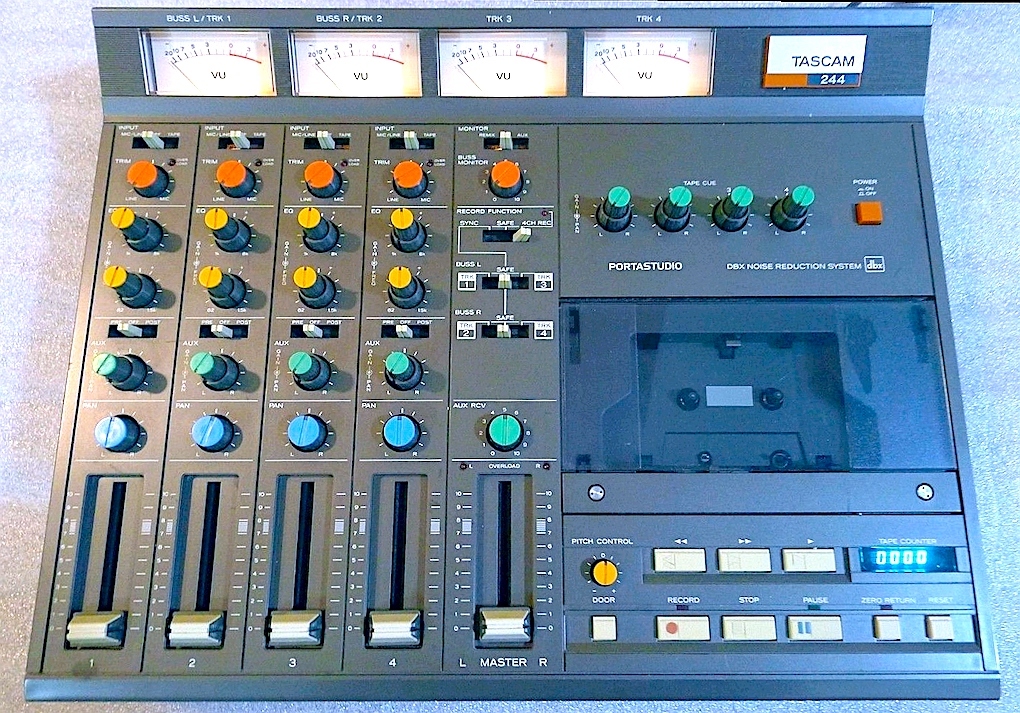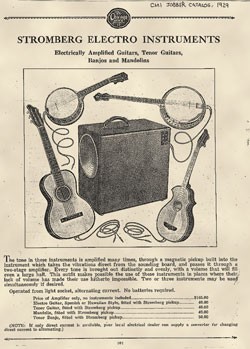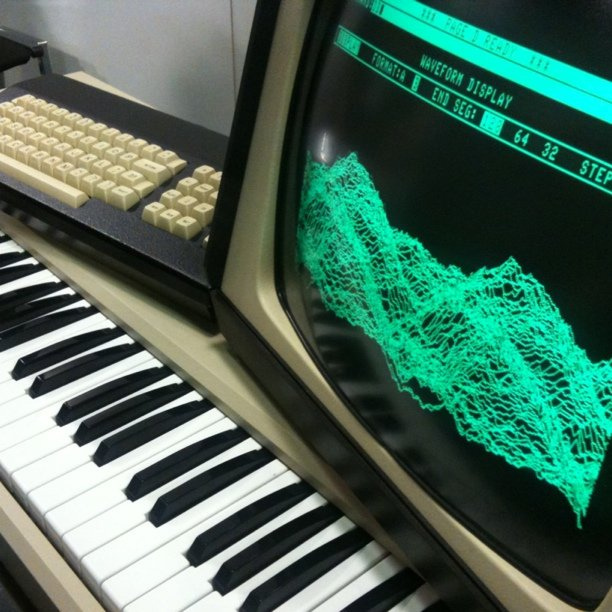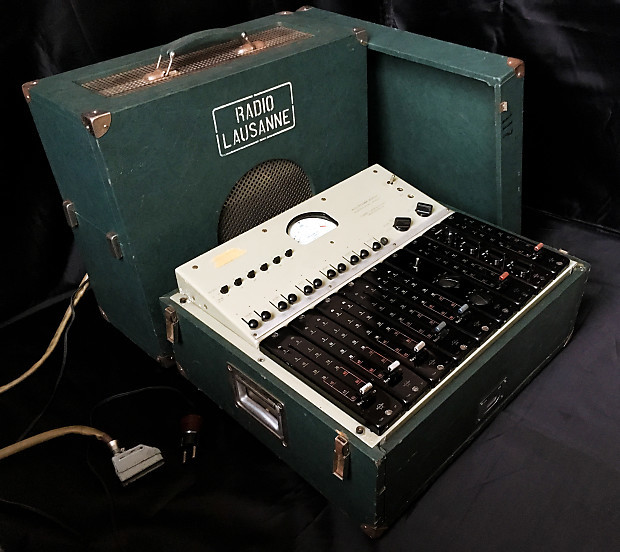- in Production by Bobby Owsinski
The 10 Products That Shaped Music History

If we take a global view of the history of music, we find that over the last 100 years or so technology has driven the art form more than many realize. That said, if it wasn’t for a number of products that represented real advances, music would not only sound different today, but be delivered differently as well. These 10 products (thanks to Music Mayhem for 8 of them) did more than their share to change the direction of music history and the way to listen to it (in no particular order).
The Microphone
It’s hard to believe that the first microphone was created way back in 1861 by German inventor Johann Philipp Reis but it took 17 years before Thomas Edison and Emile Berliner in the US and David Edward Hughes in England made it viable. Think about it, what the thing that allows us to communicate electronically in almost any device – the microphone. Simply put, no mic, no recorded music.
The Electric Guitar
You might think that it was Leo Fender who created the first electric guitar but it was actually George Beauchamp back in 1931, although it was officially patented in 1936. Before it became electrified, the acoustic guitar could hardly be heard and was relegated to be part of the rhythm section. Once electrified, it could be now be a solo instrument, and clever artists soon turned that into new forms of music like Blues and Rock n’ Roll.
The Guitar Amplifier

Can’t have an electric guitar without a way to hear it. Believe it or not, the first company to sell an electric stringed instrument and amplifier package was the Stromberg-Voisinet in 1928. However, musicians complained about its tone and volume, so the product didn’t take off at the time. Guitar amps didn’t start to come into their own until Leo Fender began tinkering in 1946. Any guitarist would agree though, that half the sound of the electric guitar is the amplifier.
The 4 Track Cassette Recorder
If you think about it, the Tascam 4 track cassette-based Portastudio (see the picture above) started the home studio revolution. Until then, it was impossible to be able to inexpensively do multitrack recording anywhere except in a commercial studio. Now here was this small unit that finally allowed the ability to record yourself multiple times in the privacy of your bedroom. It didn’t sound great, but it’s where a million song ideas were born.
The Synthesizer
The dream of every keyboard player was to have a portable instrument that could replace the sound of acoustic instruments. While the synthesizer in its original form didn’t quite do that, it actually opened up a whole new area of sounds to explore, going way beyond the initial ideas of what the synth could do. Bass sounds? You got ’em. String pads? Easy. Lead instrument with a brand new sound – yep, that’s the synthesizer.
The Sampler

Speaking of sounding like other instruments, how about just being able to easily manipulate a recording of one, or anything else for that matter. In 1979 Australian company Fairlight came out with the CMI and it took the music industry by storm. You can’t find a hit song from the 80’s that didn’t have some sort of sample in it. Today we take it for granted, but back then the sampling process was pretty involved, which makes the sampler’s influence on music history even more amazing.
The Mixer

The ability to mix multiple sound elements together in a venue other than a recording studio took a big stride forward thanks to Studer’s Model 69 mixer in 1958. It opened up a whole new world for high end sound reinforcement and recording, and eventually, thanks to Greg Mackie, a revolution in 1970 with the Tapco line and later Mackie gear. Yes, there were a lot of companies in the game, but the fact of the matter is that Studer showed us the way back in late 50s.
The Sound Card
Computers were just number machines until Sherwin Gooch came up with the idea of sending audio in and out of a computer back in 1979. Since then, we’ve gone from barely usable audio quality to just about as good as you can get in the digital world. It’s hard to imagine how recording would have gone had this product not been invented.
The MP3 And Digital Delivery
The MP3 caused several revolutions. The first was the rebellion against the high-priced CD where you might only get one song that you liked, the second was how music was consumed. MP3s briefly broke the music business model, causing many to think that a musician’s way of life was over. We’ve recovered nicely since then thanks to the next form of digital delivery, which is streaming music. Really, can you imagine consuming music any other way?
The Digital Audio Workstation
No one product has put more power into the hands of the average musician than the DAW. What’s possible in even a free DAW app would blow the mind of a typical musician/engineer/producer from 50 years ago. Not only that, it’s finally made the dream of the home studio possible, while the Tascam Portastudio was the gateway to the idea, the DAW is the realization of a dream that has made the home studio an essential tool that every musician needs to have.
There are plenty of other products that have had a major affect on music history, but I think these 10 are the most profound.

